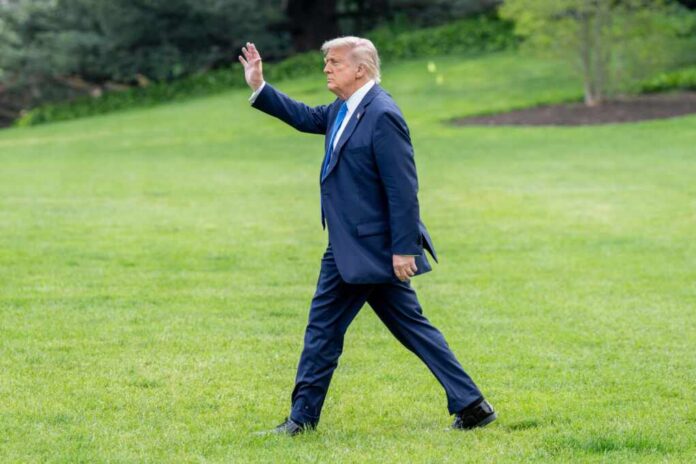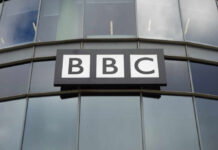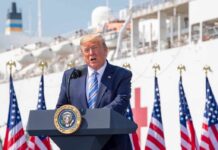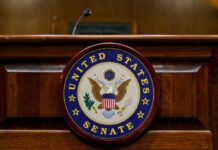
President Trump warned protesters planning to disrupt his upcoming Washington DC military parade that they would be met with “heavy force,” escalating tensions ahead of the controversial event coinciding with his 79th birthday.
At a Glance
- President Trump threatened to use “heavy force” against protesters at the upcoming military parade in Washington DC
- The parade, celebrating the Army’s 250th anniversary, will showcase 28 Abrams tanks, 28 Bradley Fighting Vehicles, and 50 aircraft
- National Guard units will be activated but not armed for the event
- Progressive groups plan to hold protests, including a main “No Kings” demonstration in Philadelphia
- Trump recently announced plans to restore names of Army bases previously named for Confederate leaders
Presidential Warnings and Military Display
President Trump issued a stern warning to potential protesters ahead of the military parade scheduled in Washington DC. The parade, organized to celebrate the Army’s 250th anniversary, coincides with Trump’s 79th birthday and will feature an extensive display of military hardware including 28 Abrams tanks, 28 Bradley Fighting Vehicles, 28 Stryker vehicles, 4 Paladin self-propelled howitzers, and 50 aircraft. National Guard units will be present but not armed, according to officials familiar with the planning.
The President’s threat of “heavy force” against protesters has intensified an already contentious atmosphere surrounding the event. While the parade is officially a celebration of military heritage, critics have characterized it as an inappropriate display of military might for political purposes. Progressive groups have organized protests in response, with a main “No Kings” demonstration planned in Philadelphia rather than confronting the heavy security presence expected in the capital.
Confederate Base Names Controversy
Adding to the political tension, President Trump recently announced plans to restore the names of Army bases that were previously named for Confederate leaders. He made this announcement at Fort Bragg in North Carolina, which had briefly been renamed Fort Liberty as part of a broader initiative to remove Confederate symbols from military installations. According to reports, Fort Bragg has already reverted to its original name, named after Confederate General Braxton Bragg.
Trump’s move appears to exploit a loophole to circumvent the law mandating removal of Confederate symbols from military bases. This law was enacted in 2020 when Congress overrode Trump’s veto following nationwide protests after George Floyd’s death. The Army initially stated it would take “immediate action” to restore old base names, but with a modification—honoring different soldiers with similar names or initials to the Confederate generals.
Conflicting Explanations
In what appears to be a contradiction to the Army’s explanation, Trump suggested some bases would directly honor Confederate figures again. The original renaming process had selected names to honor decorated officers, enlisted troops, and one civilian who “embody the best of the United States Army.” Trump and many conservatives argued against these changes, claiming they represented “wokeness” softening the military and erasing American heritage.
Historians note that the original naming of the nine Army bases was part of a movement to glorify the Confederacy and advance the “Lost Cause” myth during the Jim Crow era. The current dispute highlights ongoing tensions about how America’s military institutions should engage with complicated aspects of the nation’s history. As preparations continue for the military parade, these parallel controversies underscore the political dimensions of military symbols and ceremonies.

























